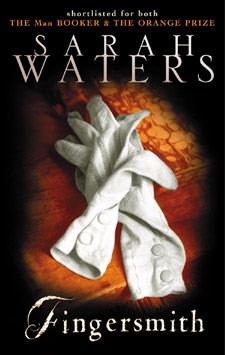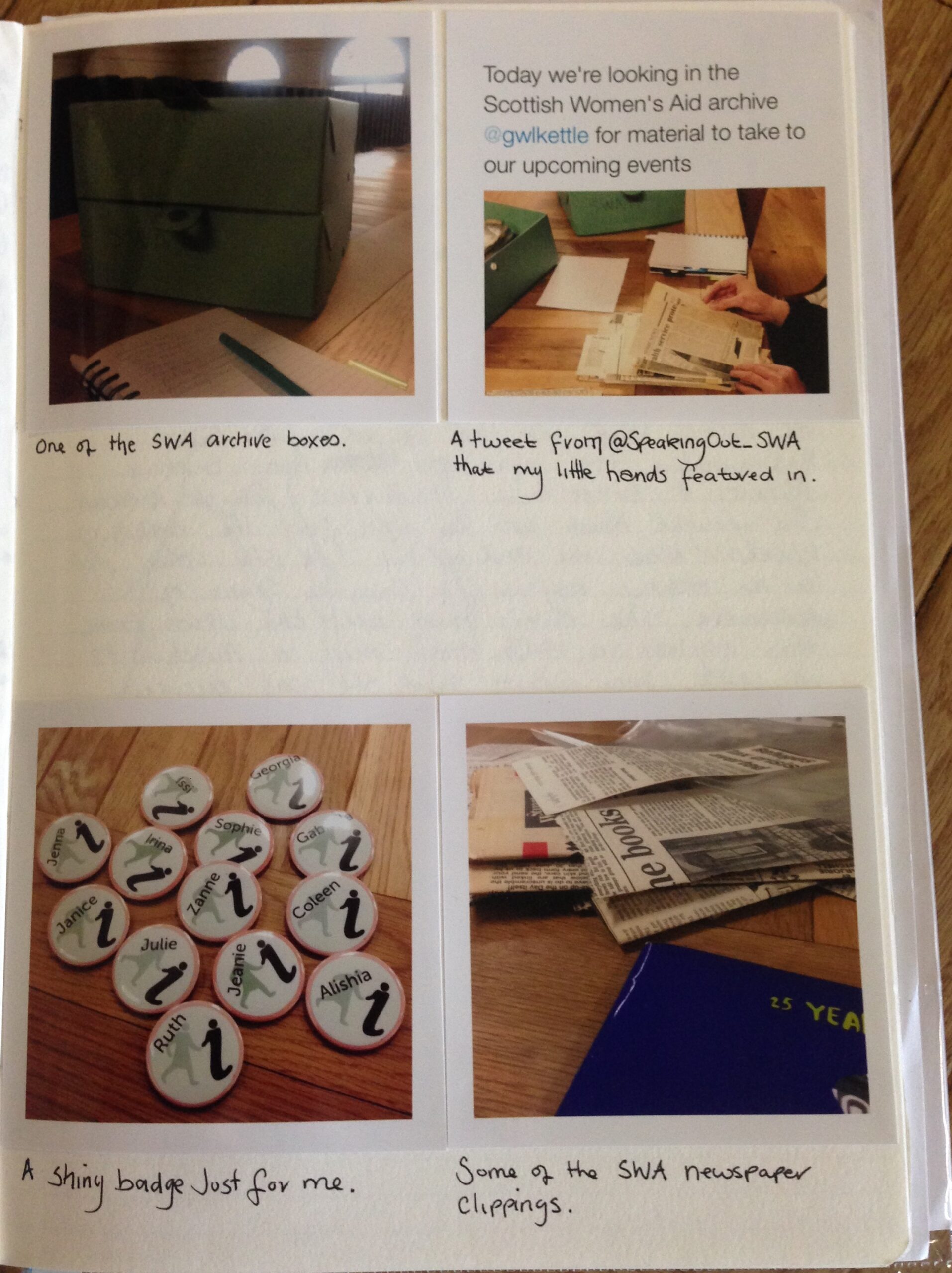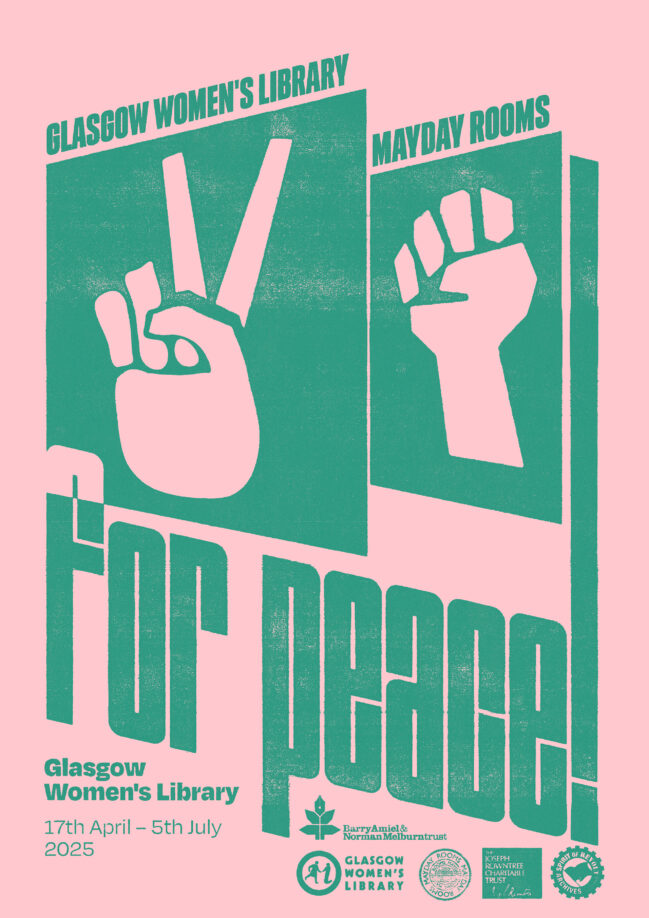Lucy led on the film about Jacqueline Donachie’s work in Ripples on the Pond and shares with us here what it was like being a first time film-maker, meeting the artists and thinking about the challenges of being a “female artist”.
Camilla: Why did you want to work with the Ripples on the Pond group?
Lucy: I saw it as an opportunity to do something along the lines of what I am studying, but in a more practical way. Plus it being about art and exhibitions felt really exciting, and I thought that it was a great opportunity to get other perspectives on art. I thought it was interesting to be able to hear the artists talk about their work and the ideas behind them because they can end up being completely different to your own opinions about the work.
C: Studying Theatre you obviously have some insight into the arts, yet do you feel like being a part of this project altered some of the opinions you might have had about art and culture?
L: I think now I see the arts as being more accessible, and I feel much more engaged than I was before. Before, I used to just look at art works and try to make sense out of them, but now I think about how these works affect me as well. I think learning about the ideas behind an art work make it feel much more personal and this is especially true for the Ripples on the Pond exhibition.
C: What did you think about the Gallery of Modern Art and the Ripples on the Pond exhibition?
L: I thought the exhibition was really diverse. There was obviously a theme to it but I thought it was nice to have the opportunity to look at things which were all sort of different, in different ways and colours, and things which were just attractive in various ways.
C: How was working with the group?
L: It was really nice. Everyone was approachable and keen to learn from one another. It was no problem if you hadn’t filmed before, or if you missed a day of filming because you could easily come back and have the other members fill you in on anything you might have missed. The group was just very friendly and supportive, and everyone really did get on well.
C: Which works did you enjoy the most from the Ripples on the Pond exhibition?
L: The pieces which I was most attracted were the photography based works. I really liked Roni Horn’s photographs as well as Jacqueline Donachie photo. I like colourful things and things with movement, and especially enjoy things which seem like everyday things, but which are set apart and made special.
C: Which artist film did you take the lead on and why did that artist’s work inspire you?
L: I took the lead on Jacki Donachie’s movie, which was the ‘Blonde versus Blonde’ piece. I liked that it wasn’t only a photograph which had movement and play in it, but I also enjoyed the fact that it looked quite old. I like photographs that look old and have a feeling of not being of our time; photos which you know could not have been taken two seconds ago. I just liked that Jacki’s photograph felt this way.
C: Were you aware of the inequalities female artists face in the art world before getting involved with this project?
L: I obviously knew that there are inequalities for women in everyday life, but not so much for female artists. I did not know that there was such a big divide, and it feels quite shocking that there has to be an all-female exhibition to actually highlight women artists’ work. When we interviewed Jacki, she spoke about some of these inequalities and she talked about how having children is seen as being a negative thing because it is nearly impossible for artists to return afterwards. It was really just shocking to hear that from an artist herself. Jacki and I also spoke quite a lot about the fact that women artists are also referred to as ‘female artists’; that women artists are always given that gender distinction. Yet, I liked that she said that when there are such inequalities you have to shout about them; you have to take on those distinctions, embrace them and use them to say ‘We are here’. It is kind of ridiculous, but when there is such a divide this is a way of bringing yourself back up there and creating a balance.
C: What do you want people to take from the films?
L: I want people to see the artists as we have come to see them, as people who you can relate to, and hopefully people will relate more to their works. I remember the curator Katie Bruce talked about the films being an extension and a contextualisation of the plaque cards next to the works, so I hope the films make the art works more stimulating. I hope people feel like they can look at the works in different ways by taking what the artists are saying and applying their words to the art works. People do not always react to a work straight away and it is not until they read something or hear something about the work that they feel like they can understand the piece and can relate to it. Especially with Jacki’s work, I looked at it and really liked it but it wasn’t until I heard her talk about the importance of play and having a space to play that I was able to I look at the photograph and start thinking about how important those spaces are. In the films her passion for play really comes across, so hopefully, through all the artists’ movies, their passions will come across and people will come to understand and see their works in new and different ways.
Ripples on the Pond is open until 24th April 2016 at the Gallery of Modern Art (Gallery 4).





